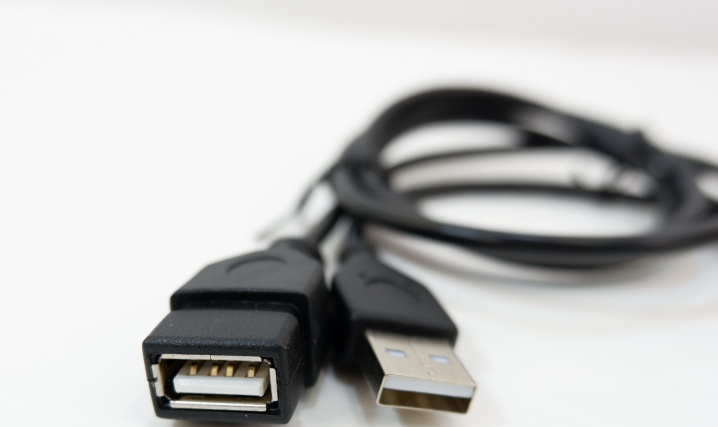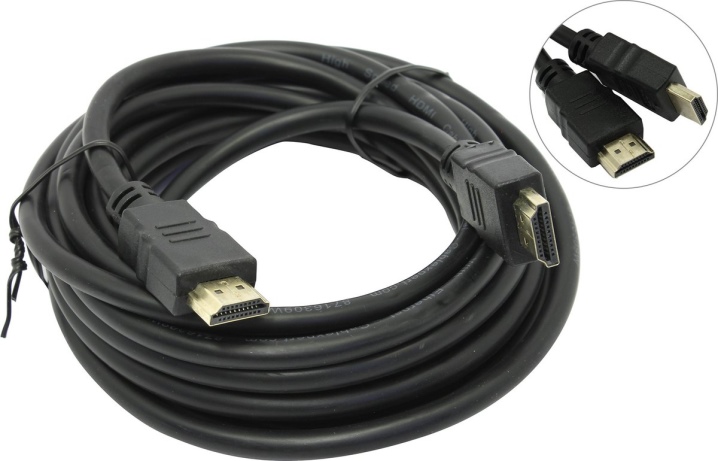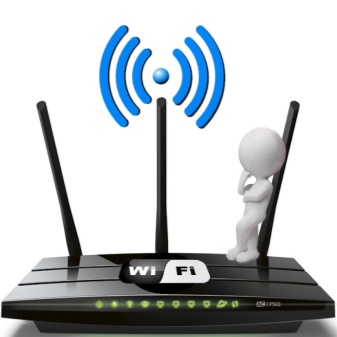All About HDMI Extenders

Masters are familiar with various types of extension cords. As a rule, speaking about this type of electrical appliances, they mean a primitive cable that allows you to temporarily supply power to a household single-phase 220 V network to the street or to a room being repaired.
but sometimes it is necessary to "lengthen" the wires that provide the transmission of information signals. For example, pulling the headphone cord across the room or providing television reception on the veranda. The task of organizing video broadcasting in the premises of shopping malls is even more difficult.

Modern digital devices for transmitting video signals usually use the HDMI interface. In order to ensure the transmission of such a signal over a distance of more than 2-3 meters, special extension cords are required.
Looking closely at equipment that uses HDMI, you will notice that all jacks designed for external connection are designed in the form of sockets. Radio engineers call this kind of interface "mom" in their own jargon.
Connecting cables, on the contrary, have plugs at their ends, which are usually called "dad".

There is a variety of video signal extenders that cannot even be called “just a cable”. For example, information can be transmitted by air, by radio signal. In this case, no wires are needed, but a special set of radio equipment is required.
In some cases, it is necessary to transmit the signal using the existing infrastructure. For example, an office building probably has a "computer network" (LAN). However, stretching separate video communication lines is troublesome and sometimes simply impossible. In this case, special "signal converters" are used.


Peculiarities
Examining an ordinary extension cord for a household electrical network, we see that it clearly has a "start" and "end". The extension cord is connected to the mains with a male plug, and the energy consumers receive power through one or more sockets (female).
All HDMI extenders have male plugs at both ends. In this respect, they are absolutely symmetrical. But what if the need requires providing a long connecting line in the form of a string of extension cords?
To do this, you will have to use female-to-female intermediate connectors.


However, it is exactly the HDMI extension cords of the “mom-to-dad” version that are produced. An example of such a cable is the Cablexpert CC-HDMI4X-15 (Fig. 1). It allows you to lengthen the connection between the TV and the video set-top box by almost 5 m.

Given the widespread use of computer networks, engineers have attended to the creation of devices capable of transmitting an HDMI signal over an existing structure. Local computer networks (LAN) provide rich opportunities for this.
A cable called "UTP" (unshielded twisted pair) is commonly used to connect computers. It consists of 2 or 4 sets of noise reduction wires, twisted in a specific order. This cable was not originally designed for video signal transmission. But experiments have shown that, if handled correctly, it is suitable for HDMI communication.

Wireless communication of computers using Wi-Fi and Bluetooth technologies is also used. Such communication methods do not guarantee high connection speed and stability of information delivery. However, there are devices that are capable of transmitting HDMI over the air.
Usually the video signal is transmitted over a coaxial cable. This method is simple and very cheap. But the HDMI standard is digital and uses almost two dozen wires to exchange information.


A primitive HDMI extender is a regular cable.Unfortunately, the requirements for the quality of the video signal and sound do not allow the use of such extension cords longer than 2-3 meters.
You can use USB cables to connect nearby devices. This guarantees a minimum of setup problems, but does not allow for high quality video transmission.
If necessary, transmit a signal for 10 meters and then you need to use an active extension cord. Such a device looks like an "adapter" and connects to the information transmitter like a simple TV. On the side of the receiver, a second adapter is connected, which converts the signal back to the HDMI standard.


Active extension cables usually use widely used UTP-based lines for communication. Such wires are widely used to organize local area networks. Video transmission using UTP technology is possible at a distance of up to 100 m. An example of such an extension cable is the HDMI Extender for UTP device (Fig. 2).

A variety of active extenders are wireless communication devices. The fundamental limitation of this technique is that the connection speed is limited and extremely unstable.
In the case of using the Bluetooth interface for communication, the range of the connection cannot exceed several meters. This, in principle, makes such extension cords a useless curiosity.
The use of Wi-Fi standards allows signal transmission over tens and hundreds of meters. Usually, the equipment is designed for radio frequencies in the 2.4 GHz range.
Such devices are inexpensive, but do not guarantee good quality.


When choosing a device for wireless communication, pay attention to modern devices designed to operate in the 5 GHz band. Such equipment does not differ in "range", but this is the advantage. In the 5 GHz range, there is significantly less interference, which allows you to transmit a video signal of stable quality.
To transmit information over long distances (hundreds of meters and kilometers), communication is organized using optics. In this case, computers are connected not by wires, but by a thin optical fiber (light guide). Despite the fact that such a cable is similar to an electrical wire, no current flows through it. Light pulses (usually in the IR range) are transmitted along the thinnest glass filament.

Model overview
If you plan to extend the HDMI line with a picture width of 1080 pixels or more, you need to use expensive and high-quality "smart" extenders. For example, the Lenkeng LKV372Pro device can transmit all kinds of HDMI signals of any available resolution at a distance of up to 70 meters (Fig. 3).
Such devices are expensive, but indispensable for organizing video broadcasting in shopping malls and large office premises. The main plus is that their use does not require reworking an existing cable network. The existing UTP-based infrastructure is used to connect the equipment.

When organizing video communications in an office setting, it is better to use expensive devices designed to provide unsurpassed signal quality in the harshest operating conditions. For example, model YB-HQYG is designed for installation in closed equipment or wiring cabinets. Good cooling guarantees work in the most difficult conditions.

For the organization of wireless signal transmission, many models of HDMI radio extenders are offered today. Many of them are absolute copies of one successful design. For example, this is how very good models look like (Fig. 4) operating in the Wi-Fi 5 GHz standard. They may have different names, but they are all collected on the basis of one development, which has proven itself well.
Wireless RF extenders will not provide long distance video communications. In the most successful case, a good "picture" can be transmitted at a distance of 5-8 meters. But often the lack of wires makes this choice irreplaceable.
To transmit a signal over long distances, one has to exchange information on optics. Advances in electronics have made such devices readily available. For example, the DSFP kit (Fig. 5) allows you to transmit exceptional quality video over a distance of up to 1000 m.

Criterias of choice
When choosing an HDMI signal extender, first of all, you should be guided by the quality of the video signal that you plan to transmit. HThere is no problem to choose an extension cord 2-5 meters long to transmit a TV-quality signal. For example, you can get by with the simplest cable.
If you need to transmit high quality video, you must use an active extension cable. When choosing it, pay attention to the guaranteed resolution of the video signal that it is capable of transmitting. Today, transmission of at least 1920 x 1080 (otherwise called 4K) is considered the norm.
If the distance between the equipment is more than 70 m, it is impossible to ensure reliable communication over copper wires. In this case, the need to organize lines based on optical technologies should be accepted.
It's expensive, but totally worthwhile.


For information on what HDMI extenders are, see the next video.













The comment was sent successfully.